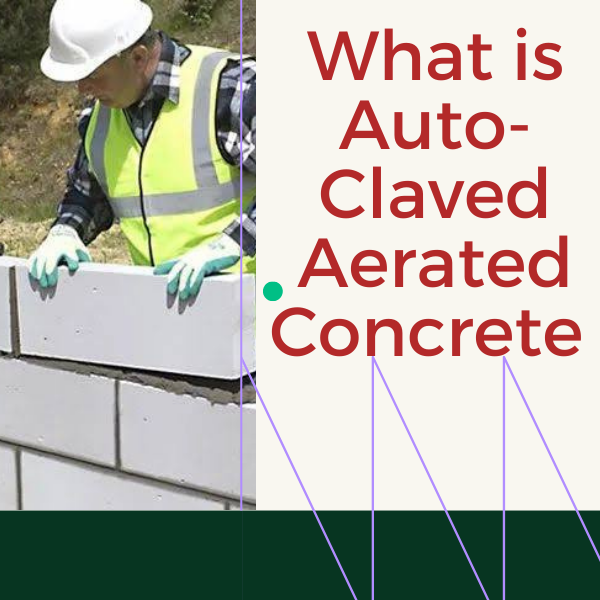Plain Cement Concrete (P.C.C) has very low tensile strength. To improve the tensile strength of concrete, some sort of reinforcement is needed which can take up the tensile stresses developed in the structure. The most common type of reinforcement is in the form of steel bars which are quite strong in tension.
The reinforcing steel is placed in the forms and fresh concrete is poured around it. This solidified composite mass is called Reinforced Cement Concrete and is abbreviated as R.C.C. Thus, Reinforced cement concrete is a composite material that is made up of concrete and steel reinforcement. The steel reinforcement, generally in the form of steel bars, are placed in the tensile zone of the structure and take up the tensile stresses. Reinforced Cement Concrete is a versatile construction material that is strong in compression as well as tension. The use of reinforcement in concrete not only increases its strength but also helps in preventing temperature and shrinkage stresses.

Advantages of R.C.C
Reinforced cement concrete has following advantages over other construction materials-
- Strength: R.C.C. has very good strength in tension as well as compression.
- Durability: R.C.C. structures are durable if designed and laid properly. They can last up to 100 years.
- Mouldability: R.C.C. sections can be given any shape easily by properly designing the formwork. Thus, it is more suitable for architectural requirements.
- Ductility: The steel reinforcement imparts ductility to the Reinforced Cement Concrete structures.
- Economy: R.C.C. is cheaper as compared to steel and pre-stressed concrete. There is an overall] economy by using R.C.C. because its maintenance cost is low.
- Transportation: The raw materials which are required for R.C.C. i.e., cement, sand aggregate, water and steel are easily available and can be transported easily. Nowadays Ready Mix Concrete (RMC) is used for faster and better construction. (RMC is the concrete that is manufactured in the factory and transported to the site in the green or plastic state.) Fire Resistance: R.C.C. structures are more fire-resistant than other commonly used construction materials like steel and wood.
- Permeability: R.C.C. is almost impermeable to moisture. Seismic Resistance: Properly designed R.C.C. structures are extremely resistant to earthquakes.
Disadvantages
Despite the above mentioned advantages, Reinforced Cement Concrete has following disadvantages-
- R.C.C. structures are heavier than structures of other materials like steel, wood and glass etc.
- R.C.C. needs a lot of formwork, centering and shuttering to be fixed, thus require a lot of site space and skilled labour.
- Concrete takes time to attain its full strength. Thus, R.C.C. structures can’t be used immediately after construction, unlike steel structures.
I hope this article will help you to understand the Advantages and Disadvantages of R.C.C. You may also want to see my other post from my Blog. If I have missed anything here, please let me know about that in the comment below this post.
Share it with your friends.
Happy Learning.
If you liked this article, then please help me to share this article with your friends through Facebook, Twitter, WhatsApp or Instagram. You can also find us on Facebook, Twitter, Instagram, Telegram Channel, YouTube Channel, and Pinterest. Also, Subscribe to our mailing list to get a new post update from us. And, do me a favour, if you find this post helpful, rate a 5 star below-




